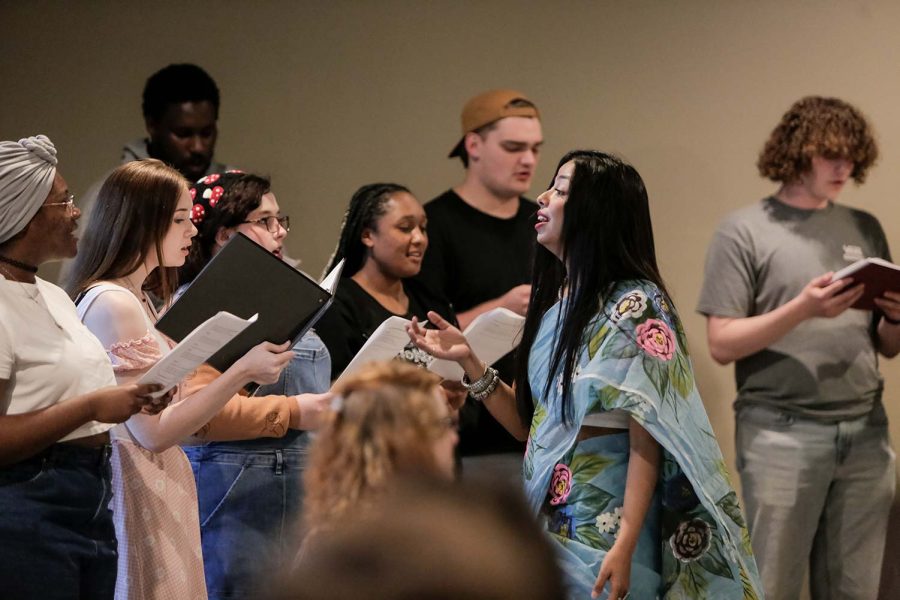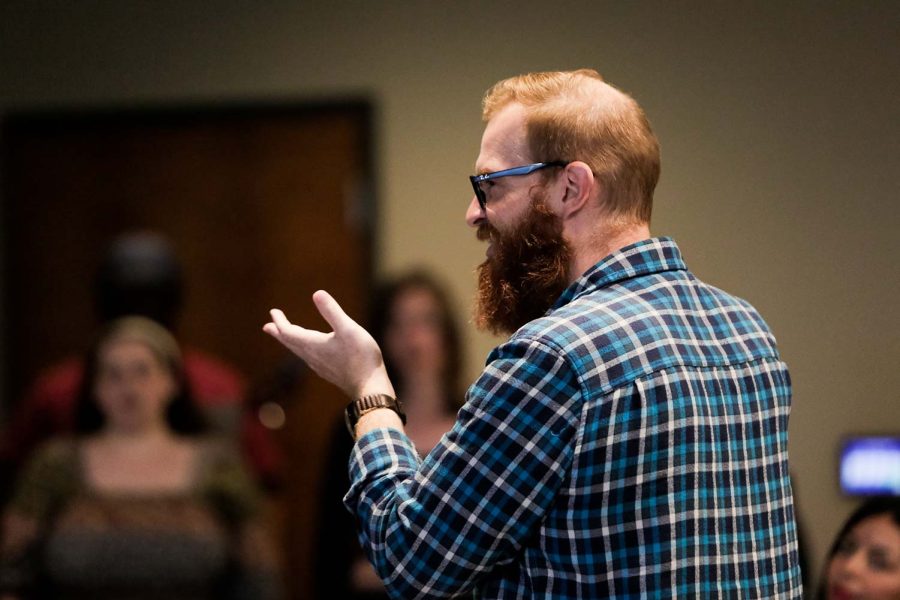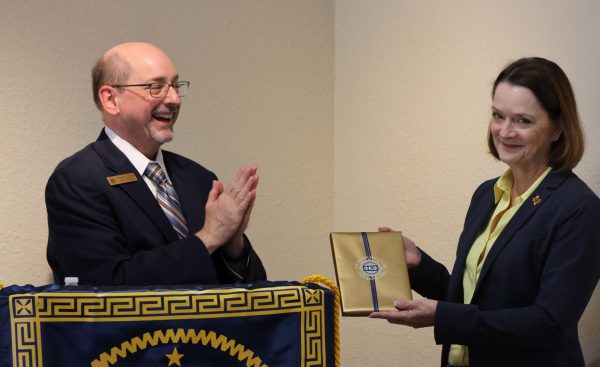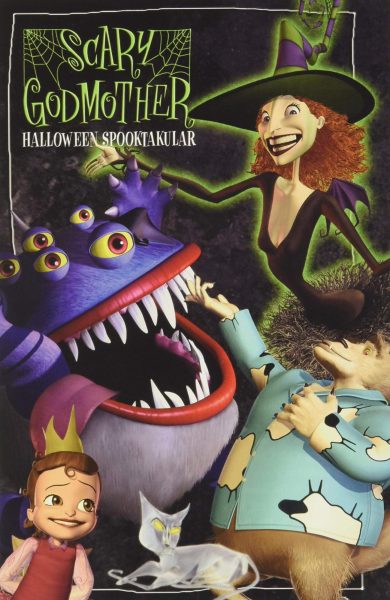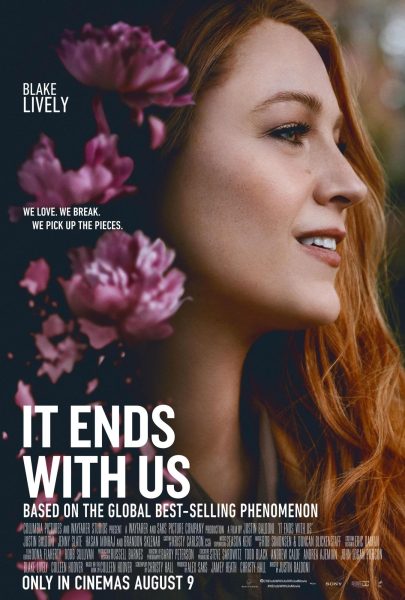Inclusion Now! examines, celebrates language and culture
Bengali singer Sheikh Dina leads the University Choir in a Bangla song speaking of love for the motherland and all it has to offer, April 13.
Language and culture are often things that separate people from others, but Inclusion Now’s Pursuing Knowledge at the Intersection of Language and Culture was an intimate look into how educating others can establish connection. Wichita Falls Museum of Art, where the event was hosted, was originally not tied to the event, but when approached about their space being rented, they wanted to be more involved. Kaitlin Hancock, event and marketing coordinator for the WFMA, said it was just perfect timing that the event took place during their Supporting Indigenous Sisters: An International Print Exchange.
The night began with Thomas Wininger directing MSU Choirs in a multilingual performance showcasing songs in Korean, medieval Latin, medieval German, and Bangla. Bengali singer Sheikh Dina led the choir in a song speaking of love for the motherland and all it had to offer which tied into Claudia Montoya’s talk perfectly.
“Languages have no borders,” Montoya said.
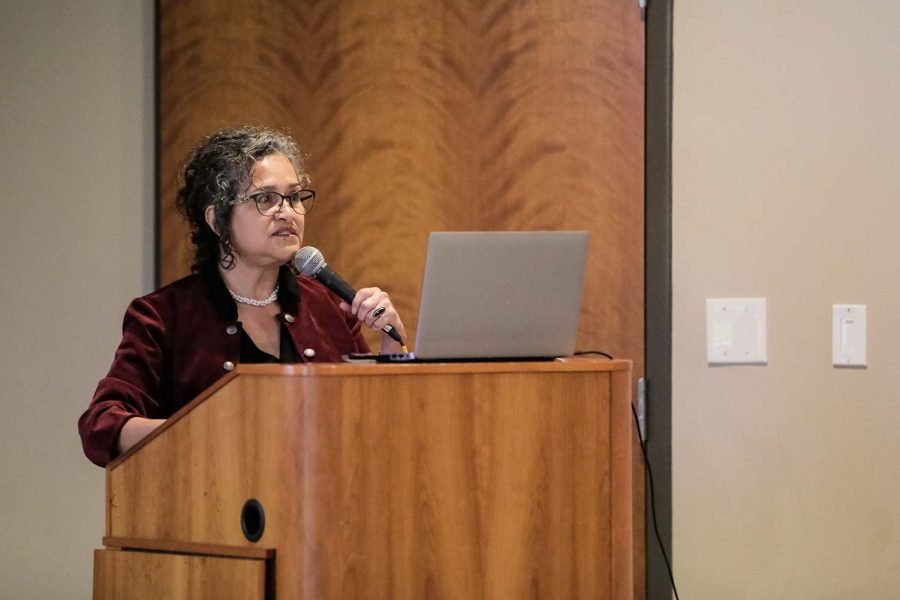
Montoya, a first-generation Mexican living in America, spoke of the ever-changing borders within language in culture. Her talk, part of a larger publication in the works by the University of Virginia, spoke of the indigenous languages of the Americas and how most of them are not even considered dead languages, but extinct languages for various reasons such as eradication of native speakers and no written form of the language.
Montoya also spoke about how people use language as a form of separation and the negative repercussions of that, referencing the struggle the African people had with the language after being enslaved and brought to the Americas against their will. This happened not only because of the lack of education available to them, but also because of their understood defiance against the very ones that enslaved them.
Though English is the most common language spoken in the United States, the US has no official language. It is a polyglot nation with over 350 languages being spoken in homes around the country.
Many countries over the years have made an attempt to eradicate languages other than their own with settlers in new lands creating laws in their native tongue rather than the language spoken by the indigenous people already settled there.
Montoya likened native culture and language to being a part of the body.
“Nobody likes the idea of losing their hand,” Montoya said.
Following Montoya’s presentation on language and culture in America, Sarah Griego, education coordinator for the WFMA, led a workshop on the Art of Seeing Art focusing on the museum’s Supporting Indigenous Sisters: An International Print Exchange. The exhibit features 16 artists, eight of whom are from indigenous backgrounds.
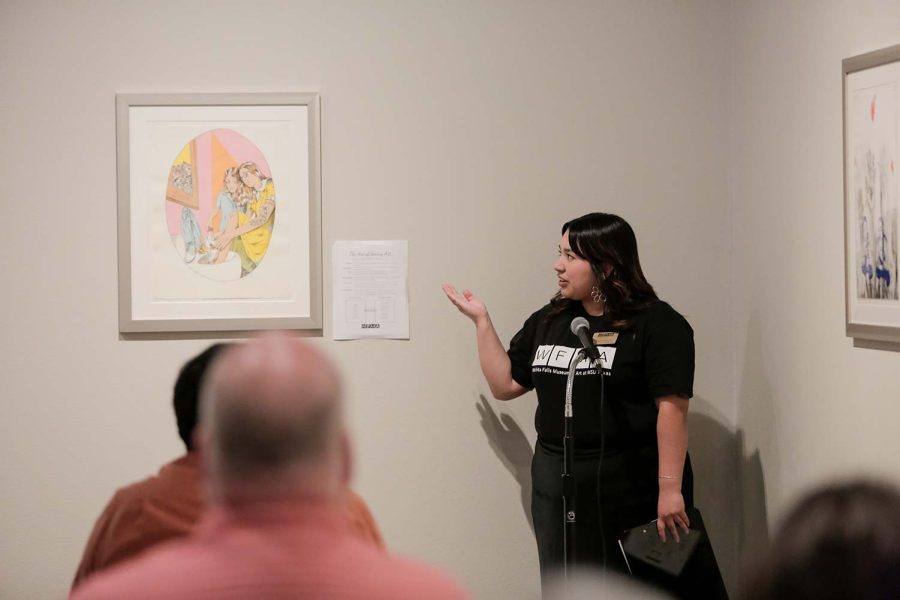
The piece in focus was Turkish American Dilara Miller’s Senin Acin Benim Acimdir (Your Pain is my Pain). The print featured two women during a Turkish cleansing ritual before daily prayer. The act of working through the art is a technique developed by The Toledo Museum of Art that the WFMA tries to promote.
To conclude the evening, Sarah Butler, Spanish professor, featured a look into two artists who sing in indigenous languages.
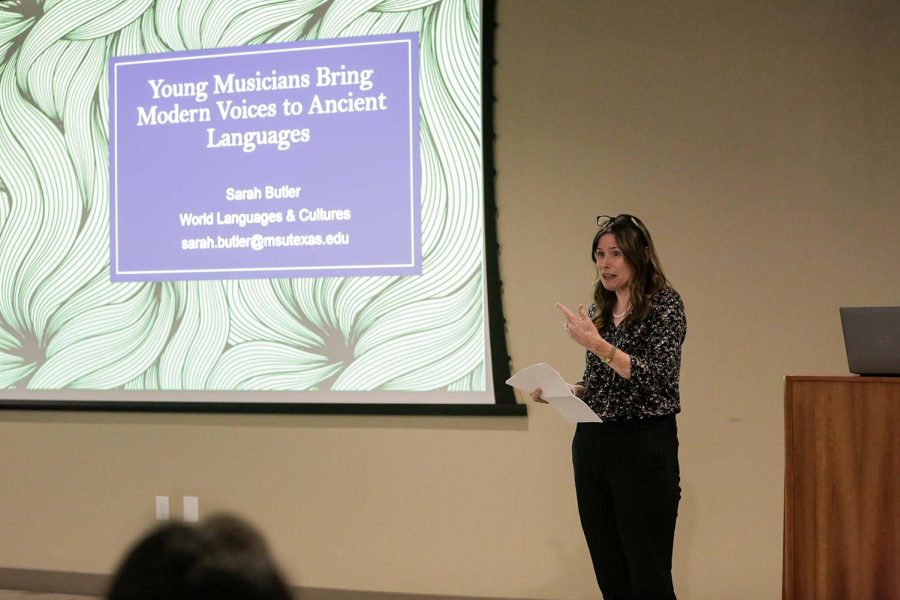
Renata Flores is a Peruvian singer who sings in a combination of Spanish and Quechua. While Flores did not grow up speaking Quechua, she began learning during her teenage years with help from her grandmother.
Guatemalan Sara Curruchich sings in Spanish and Maya Kaqchikel, the languages she was raised speaking. Both women are activists in addition to artists, highlighting the social injustices indigenous people, specifically indigenous women, face in their home countries.
Curruchich focuses on challenging the misconceptions of indigenous women and their place in society. Born just a short time after Guatemala’s “Violencia” where 200,000 people, mostly those of indigenous backgrounds, were killed or disappeared, Curruchich wants to do all she can to ensure the language does not become extinct.
Butler, as a teacher, finds educating about multiculturalism important to make sure her students know that even in Spanish speaking countries, Spanish is not the only language. Indigenous languages and cultures are vast throughout them.
Co-director of Inclusion Now Jonathon Quam said the goal of the evening was to put on a series of workshops and lectures that take the concept of languages and reapply them in different ways. The event will continue on Saturday, April 15 with more lectures and workshops.
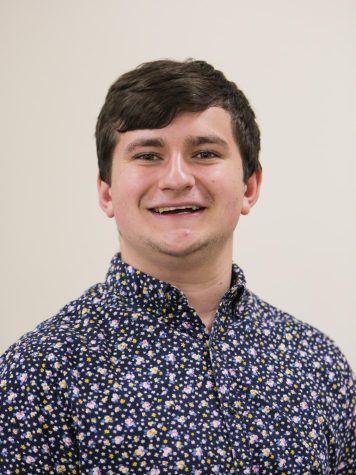
Howdy hey! I'm back for my final year here at MSU, and I intend to leave the Wichitan better than I found it.
Going into my fourth year, I will be working...



